#wildlife sos
Text

Day 769 of posting pictures of elephants.
Source: Wildlife SOS
#wildlife sos#no photographer listed#cute animals#cuteness#elephant#image of the day#not my image#cuteness overload#elephants#wildlife#adorable#nature
189 notes
·
View notes
Text

These tiny primates are so fragile, they tug at our heartstrings. I’m sure you’ve seen them before, but may not recognize them as rhesus macaques.
Photo by Nikhil Bisht
#nikhil bisht#photographer#wildlife sos#primate#animal#wildlife#mammal#rhesus macaques#macaques#nature
41 notes
·
View notes
Text
Snoozing all day long! 😴
As we all shut down and prepare ourselves for our afternoon naps, take a moment and watch how our resident animals are celebrating World Sleep Day (15 March 2024) by cozying up in their enclosures.
—
World Sleep Day is an awareness activity of World Sleep Society, founded by World Association of Sleep Medicine (WASM) and World Sleep Federation (WSF).
#Wildlife SOS#World Sleep Day 2024#wildlife conservation#rescued animals#World Sleep Day#save animals#protect wildlife#World Sleep Society#World Association of Sleep Medicine (WASM)#World Sleep Federation (WSF)#sleep#nap#snooze
11 notes
·
View notes
Text
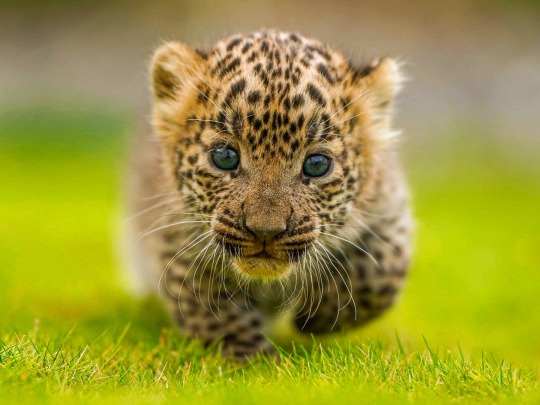
Wildlife SOS Seized Innocent Leopard Cub in Gujarat Raid.
Leopard Cub Found Near Onion Storage, Reunited With Mother by Wildlife SOS.
12 notes
·
View notes
Text

2 notes
·
View notes
Photo
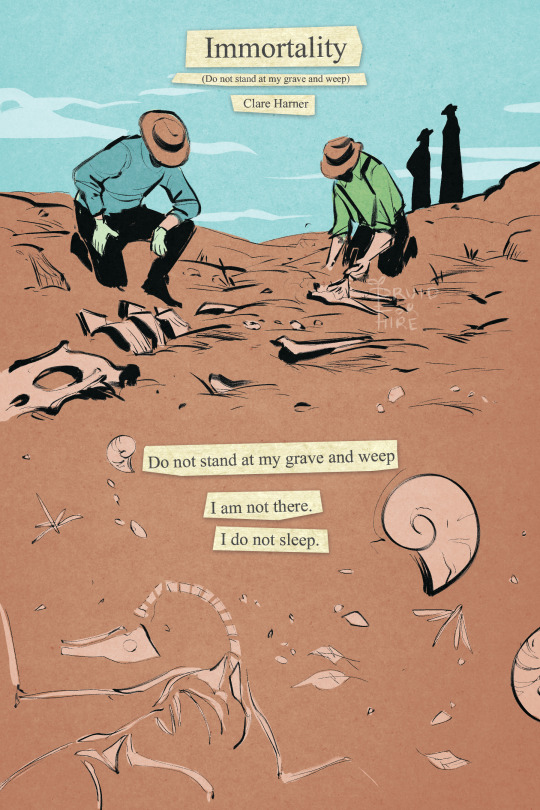

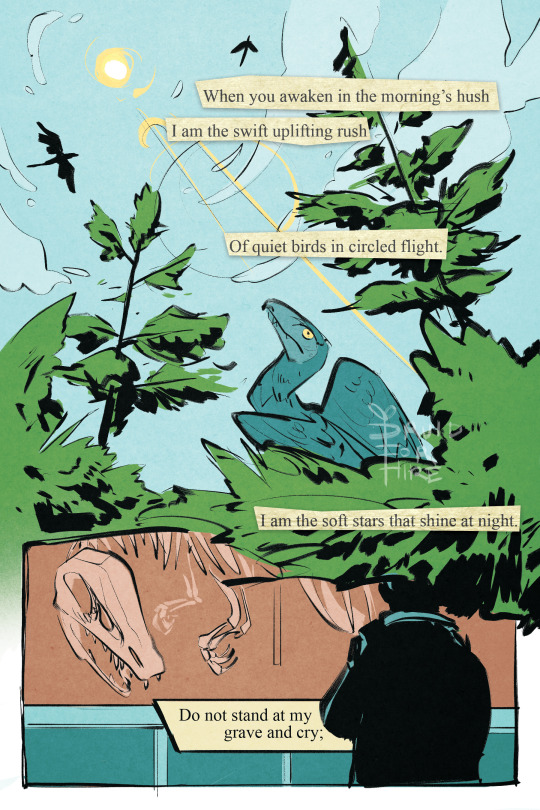
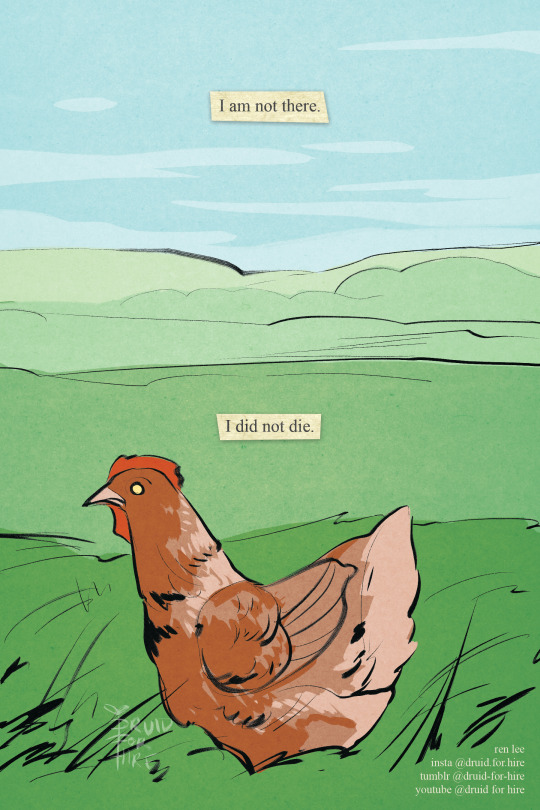
[image id: a four-page comic. it is titled "immortality” after the poem by clare harner (more popularly known as “do not stand at my grave and weep”). the first page shows paleontologists digging up fossils at a dig. it reads, “do not stand at my grave and weep. i am not there. i do not sleep.” page two features several prehistoric creatures living in the wild. not featured but notable, each have modern descendants: horses, cetaceans, horsetail plants, and crocodilians. it reads, “i am a thousand winds that blow. i am the diamond glints on snow. i am the sunlight on ripened grain. i am the gentle autumn rain.” the third page shows archaeopteryx in the treetops and the skies, then a modern museum-goer reading the placard on a fossil display. it reads, “when you awaken in the morning’s hush, i am the swift uplifting rush, of quiet birds in circled flight. i am the soft stars that shine at night. do not stand at my grave and cry.” the fourth page shows a chicken in a field. it reads, “i am not there. i did not die” / end id]
a comic i made in about 15 hours for my school’s comic anthology. the theme was “evolution”
#dinosaur#evolution#comic#prehistoric#animal#wildlife#paleontology#biology#poetry#comics#original#my art#archaeopteryx has no direct living descendants i know#but i wanted something aerial and the dinosaur to bird connection is classic and well known anyway#also the chicken over any other bird is very on purpose#its the mix of truth and comedy and genuineness and the fantastic in the mundane#its me asking you to see something so wonderful in something taken so un-seriously#and to love it both ways#also the jurassic park thing#where someone saw the reconstructed gait of a dino#and said. hey hang on. i know that walk.#and pulled up footage of a chicken walking#which jumpstarted the entire study into the link between dinosaurs and birds#in the end take whatever you want from it i just thought id provide some insight#i always like it when other artists do#the point is that i enjoy when people laugh at the end and when they dont#and i like it when they cry. i like it best when they both laugh and cry. eeaao intent#anyway mourn your losses but to live is to change#also hi guys i finally figured out tipping after 5 months so no more annoying ko-fi link
146K notes
·
View notes
Text
Rescue, Rehabilitate, Rehome: Animal Rescue Organizations in India

Rescue operations are a core function of these organizations. They respond to various situations, including cases of abuse, neglect, accidents, and natural disasters. Trained professionals and volunteers work together to rescue animals from dangerous or harmful environments, providing immediate medical care and shelter. This swift action is crucial in saving lives and alleviating suffering.
Once rescued, animals undergo rehabilitation to recover physically and emotionally. Many animals arrive traumatized or with health issues, requiring specialized care and treatment. Animal protection ngo collaborate with veterinarians and behaviorists to develop individualized rehabilitation plans, which may include medical treatments, behavior modification, and socialization. Through patience and dedication, these organizations help animals heal and regain their trust in humans.
Rehoming efforts are another vital aspect of animal or dog rescue organizations. Once animals are deemed healthy and ready for adoption, organizations facilitate the process of finding loving and responsible forever homes. They conduct thorough screenings of potential adopters to ensure compatibility and provide post-adoption support to promote successful transitions. By promoting adoption over buying pets, these organizations contribute to reducing the number of animals in shelters and combating pet overpopulation.
In India, numerous animal welfare organizations operate at local, regional, and national levels. They vary in size, scope, and areas of focus, catering to different species and animal welfare issues. Some organizations specialize in rescuing and rehabilitating stray dogs and cats, while others focus on wildlife conservation and protection. Additionally, there are organizations dedicated to specific issues like rescuing animals from illegal trafficking or providing sanctuary to abused and abandoned animals.
These organizations face various challenges in their work, including limited resources, Animal funding organizations, funding constraints, and societal attitudes towards animals. However, their passion, determination, and advocacy efforts drive meaningful change and inspire community involvement. Through awareness campaigns, educational programs, and advocacy initiatives, animal rescue organizations promote compassion, empathy, and responsible stewardship of animals among the public.
Overall, Animal rescue organizations in India exemplify the power of collective action in safeguarding the well-being of animals and creating a more compassionate society. Their commitment to rescue, rehabilitate, and rehome animals reflects a shared vision of a world where every animal is valued, protected, and treated with kindness and respect.
#Animal Rescue Organization#Animal Welfare organization in India#Animal NGO near me#Dog Rescue#Wildlife SOS#Animal Protection NGO
0 notes
Text
From Protests to Progress: The Evolution of Animal Rights NGO
In a world where compassion for all living beings is gaining momentum, animal rights NGO have emerged as powerful catalysts for change. These organizations have transitioned from grassroots protests to driving significant progress in animal welfare. With a mission to advocate for animal rights and ethical treatment, they have evolved into dynamic forces of change, leveraging their influence to reshape policies, attitudes, and societies.
The Rise of Animal Rights NGOs: A Historical Perspective
The main roots of the modern animal rights movement trace back to the mid-20th century. Concerned individuals and passionate activists began organizing protests and demonstrations against various forms of animal cruelty. As these movements gained momentum, so did the need for organized efforts. This led to the birth of these NGOs, entities wholly dedicated to championing the cause.
Early Challenges and Milestones
In their infancy, animal rights NGO faced challenges ranging from a lack of public awareness to resistance from industries that exploited animals. However, their persistence and unwavering commitment to their mission gradually began to bear fruit. As public sentiment shifted towards empathy for animals, these organizations became instrumental in shedding light on the brutalities animals face in various sectors.
Transitioning from Protests to Advocacy
As these NGOs gained recognition, their strategies evolved beyond just protests. They delved into advocacy, lobbying, and legal action, effectively targeting systemic issues. Engaging with policymakers and leveraging public support initiated a paradigm shift in how governments and institutions approached animal welfare.
Wildlife SOS: A Case Study in Action
One shining example of an animal rights NGO effecting change is Wildlife SOS. This India-based organization focuses on wildlife conservation and rescue, tackling issues related to habitat destruction, poaching, and human-wildlife conflict. Their efforts have saved countless animals and raised awareness about protecting these creatures for future generations.
Collaboration and Networking: Strength in Unity
These NGOs realized that the power to effect lasting change lay in collaboration and networking. They formed coalitions, partnerships, and alliances that amplified their impact. This united front enabled them to reach wider audiences, pool resources, and synchronize efforts for more substantial results. Together, they became a formidable force against animal cruelty.
The Role of Animal Welfare Organizations
Animal welfare organizations, often working in tandem with animal rights NGO, play a pivotal role in promoting the well-being of animals. While focusing on broader policy changes, these organizations provide immediate assistance, shelter, and medical care to needy animals. The synergy between these two types of organizations has significantly enhanced the overall impact of the movement.
Technology and the Digital Age
In the 21st century, the proliferation of technology has provided these NGOs with new tools for advocacy. Social media platforms have become virtual megaphones, enabling these organizations to reach a global audience in real-time. Online campaigns, petitions, and viral videos have brought attention to pressing issues, generating widespread public support and pressure for change.
Against Animal Cruelty: A Unifying Cause
The fight against animal cruelty has become a unifying cause, transcending cultural, geographical, and ideological differences. These NGOs have tapped into this shared moral compass, leveraging it to garner widespread campaign support. The convergence of voices against cruelty has resulted in policy reforms, bans on practices like animal testing, and increased scrutiny of industries that exploit animals for profit.
Education and Empathy Building
Animal rights NGO recognize that long-term change requires a shift in societal attitudes. Thus, they have invested heavily in education and empathy-building initiatives. By fostering understanding and compassion towards animals, they aim to create a world where ethical treatment of animals is a fundamental value. Schools, workshops, and interactive programs are all tools in their arsenal to cultivate a more compassionate future.
The Road Ahead: Sustaining Momentum
The journey is not without its challenges. As they continue to push for progress, they face opposition from industries vested in practices that exploit animals. Overcoming deep-rooted economic interests and cultural norms requires strategic thinking, unwavering determination, and adaptive approaches. However, the resilience exhibited by these organizations has proven that change is not only possible but inevitable.
The global nature of their work presents another dimension of complexity. Different regions face distinct issues related to animal rights, necessitating tailored strategies and solutions. These NGOs have become adept at navigating this diversity, respecting cultural nuances while advocating for universal ethical standards.
One of the remarkable shifts in recent years is the mainstream adoption of cruelty-free practices. The demand for products free from animal testing and sourced ethically has pushed industries to reevaluate their methods. This shift can be attributed, in part, to the tireless advocacy of these NGOs and their ability to influence consumer behavior through education and awareness campaigns.
While progress has been significant, the fight for animal rights is ongoing. Stricter regulations, increased transparency, and continuous education remain key factors in sustaining the momentum. Collaborations between these NGOs, scientific communities, governments, and industries are essential to balance ethical treatment and economic viability.
Conclusion
The evolution of animal rights NGO from protesting grassroots movements to formidable agents of progress has been a remarkable journey. Their impact extends beyond saving individual animals; they drive systemic changes that reshape societies and policies. Through collaboration, advocacy, and the innovative use of technology, these organizations propel us toward a world where animals are treated with the respect and kindness they deserve. As we continue to support initiatives like Wildlife SOS, stand alongside animal welfare organizations, and unite against animal cruelty, we contribute to a future where compassion reigns supreme.
By acknowledging the importance of these organizations and standing against cruelty, we contribute to a world where animals are treated with the respect and consideration they deserve. The journey may be long, but with the evolution of these NGOs as our guide, the path ahead is illuminated by hope, progress, and a brighter tomorrow.
0 notes
Text
yeah facebook is terrible but sometimes you stumble across pure gold. there are dream animals i want to see in the wild and there will be posts like

ma'am that is the critically endangered regent honeyeater. There are less than 300 of them left in the wild
#the anklet indicates captive breed and released BUT STILL#i want to see one so bad this is so funny to me#birds#regent honeyeater#Anthochaera phrygia#bird#honeyeater#australian animals#fauna#conservation#wildlife
20K notes
·
View notes
Text
truly can’t believe the entire internet used to be about playing little games. it was about having adobe flash and playing little games on nick.com
#spent just a few hours trying to find the old wild thornberrys wildlife rescue game tonight#turns out that game is officially 'lost media'#which sure is a weird term for something i so vividly remember playing for hour after hour in the evenings in 5th grade!#truly sometimes the ephemerality of internet media is not only bad but profoundly disorienting#there used to be so many WEBSITES on the internet
83K notes
·
View notes
Text
here is a concept: time travel cop, fish & wildlife division
most of their job is dealing with the kinds of assholes who think black market tiger cubs are a great idea right up until someone gets mauled, except these are even bigger assholes with black market Smilodon cubs that they are even less equipped to care for
this is the most straightforward and therefore relatively headache-free part of their job, because it’s the same “put that thing back where it came from or so help me” song and dance every time
it’s also significantly less depressing than the trophy hunters who don’t even want an alive extinct animal. those are extra annoying because you have to undo the time travel that let them kill that poor Megatherium or thylacine or anklyosaur or whatever, and it’s always so much extra paperwork.
and those people suck, definitely, and have fully earned a stint in Time Jail. no question. but they still do not create anywhere near as much work as the obsessive hobbyists with their exhaustively careful best practices and worryingly good track-covering. also, weirdly, it’s almost always birds with them?
like. the guys who will flagrantly abuse Time Law to bird-nap breeding pairs just long enough to raise one clutch of eggs apiece, and return them seamlessly to their spots on the timeline. who are so determined to keep their pet (ha) projects going that no one even realizes what they’re doing until they have an entire stable breeding population of passenger pigeons up and running. who are now the reason that reps from six different zoos are about to start throwing hands right in front of you over who gets dibs.
those guys cause the most paperwork. and half the time they’re snapped up by the same zoo or wildlife preserve that gets their colony of ivory-billed woodpeckers or Carolina parakeets or — once, very memorably — giant fucking South Island moa, and they never even spend a day in Time Jail.
#purely notional fiction#time travel#actually the tropical fish guys are probably even worse than the bird guys#but they keep a lower profile so they’re harder to catch#time cops: fish & wildlife
14K notes
·
View notes
Text
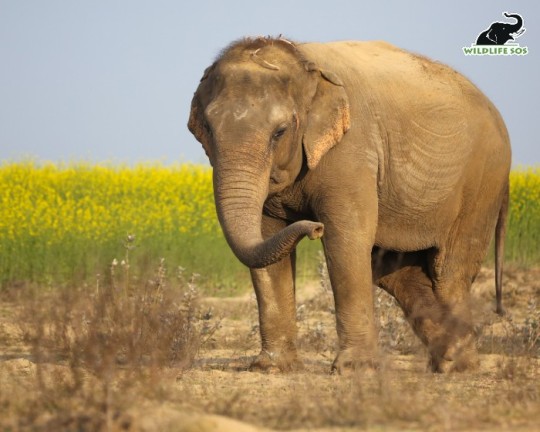
Day 771 of posting pictures of elephants.
Source: Wildlife SOS
#wildlife sos#no photographer listed#cute animals#cuteness#elephant#image of the day#not my image#cuteness overload#elephants#wildlife#adorable#nature
109 notes
·
View notes
Text

It’s an Asian palm civet. Also known as a civet cat, toddy cat, and musang, the palm civet is a viverrid native to South and Southeast Asia. Not a cat at all, the palm civet’s closest living relative is the mongoose. The family Viverridae includes civets, binturong, genet and linsang.
Photo Shresatha Pachori
#shresatha pachori#photographer#wildlife sos#asian palm civet#civet#animal#mammal#wildlife#civet cat#toddy cat#musang#asia
45 notes
·
View notes
Text
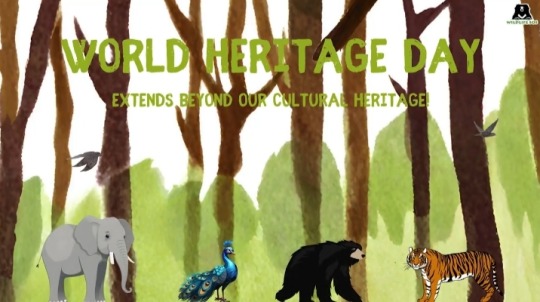
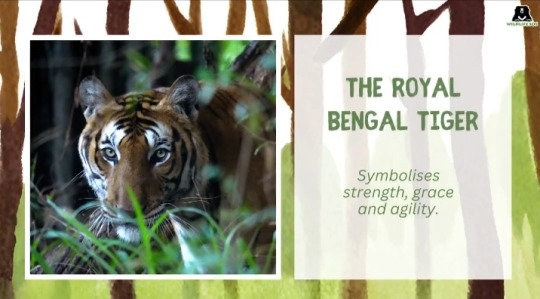




India is blessed with a rich natural heritage, out of which, wildlife plays a crucial role.
With 12 centres spread across the country, Wildlife SOS serves as a safe haven to many animals who have been rescued from a life of brutality and abuse.
On this ‘World Heritage Day,’ let’s take a stand for wildlife conservation and be guardians of this shared heritage.
18 April 2024
#Wildlife SOS#Wildlife Conservation#World Heritage Day#wildlife#rescued animals#India#protect wildlife#save animals#World Heritage Day 2024#Royal Bengal Tiger#asian elephant#bears#peacock#leopards#cultural heritage
0 notes
Link
With sugarcane fields spread out in Maharashtra’s Junnar division in Pune district, it is not unusual for farmers to come across newly born leopard cubs. This is what happened in Kailash Nagar village when the residents came across a cub while harvesting sugarcane crops.
Familiar with such situations, the farmers immediately reported to the Forest Department who along with a three-member from Wildlife SOS rushed to the location to help secure the young cub.
Read more
0 notes
Text
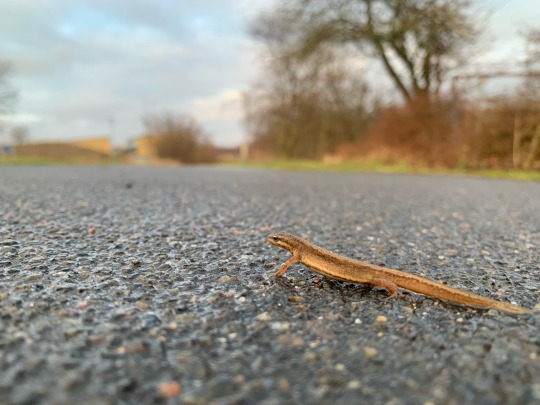
Look at this friend I made on my way home the other day! What a glorious creature! So gracile and smooth! Truly a peak being. What a privilege it is to share this time in Earth’s history with creatures like this.
#field herping#Herpetology#nature#wildlife#animals#newt#salamander#Lissotriton#Lissotriton vulgaris#newt newt motherf***ers#friend shaped#this is a bad place for this friend to be#I see freshly dead newts on this path EVERY DAY#hundreds killed per year#so every time I find one I gently move it away#my habit of saying ‘hello friend’ to every animal has been adopted by my two-year-old#and it is magical#he literally says ‘helo fren!’
1K notes
·
View notes